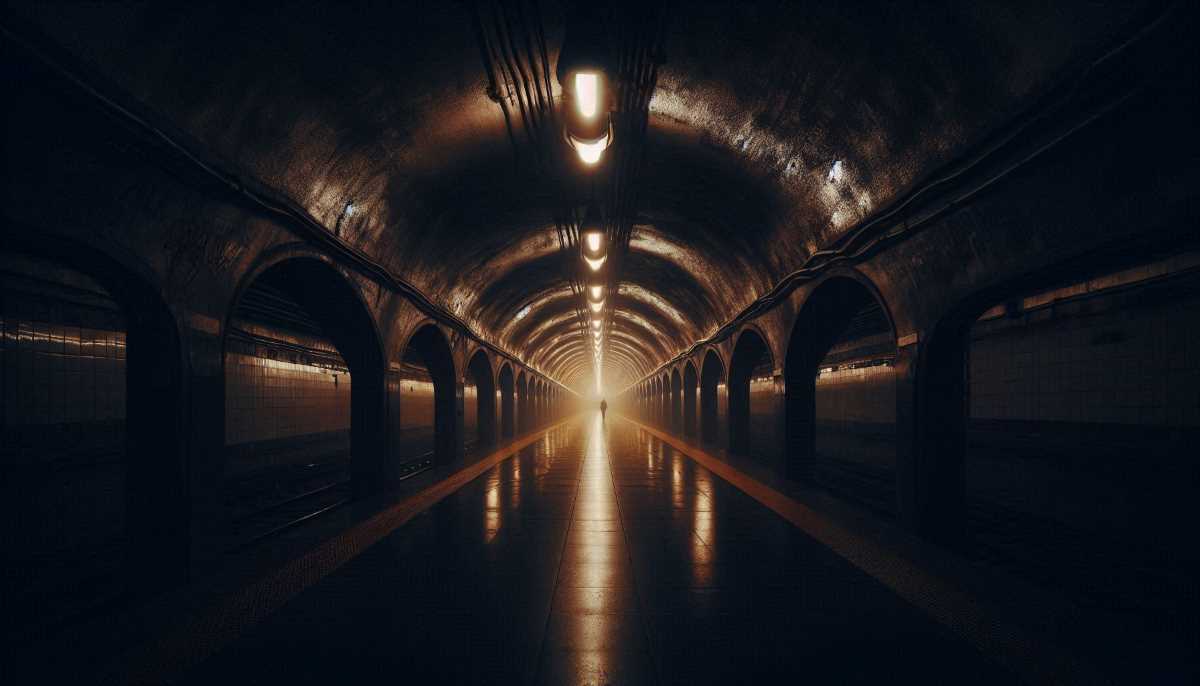The Spooky, Secret World of Mexico City's Oldest Metro Stations
Mexico City's Metro stations, particularly the oldest ones, offer a glimpse into the city's history and culture. These stations feature unique architecture, art, and hidden stories. Preserving these stations is crucial for preserving the city's heritage.

Mexico City, an urban labyrinth of contradictions and contrasts, is a city that never ceases to astonish those who care to look deeper. Its sprawling streets and sky-piercing buildings may seem a world apart from its ancient Aztec foundations, but its underground Metro network, ironically, is one of the best-kept doorways to the city's soul.
And at the heart of this subterranean world are the oldest stations, which hold stories that go far beyond the quotidian rumblings of trains. These stations, like hidden crypts, are riddled with secrets—some historical, some mystical, and some downright quirky. Welcome to a journey that uncovers the mystery-laden narrative embedded in the heart of Mexico City’s oldest Metro stations.




